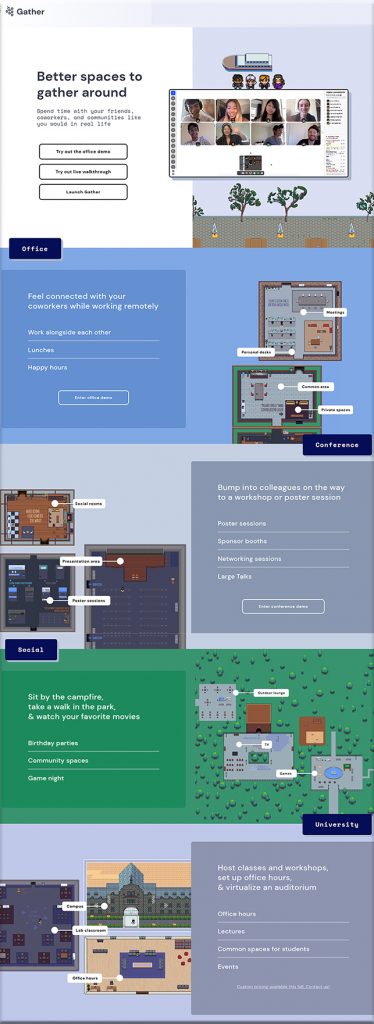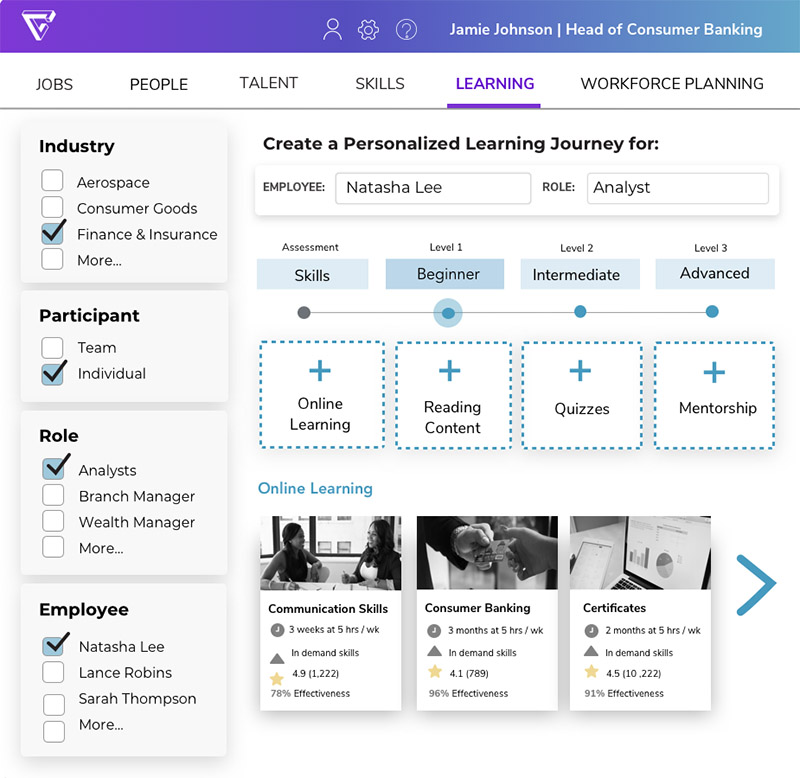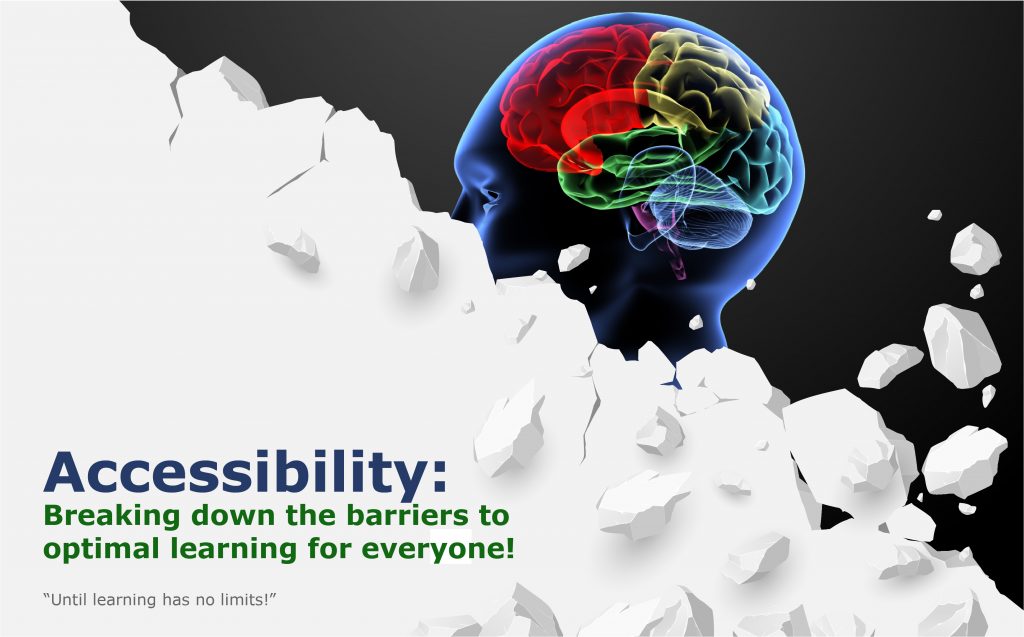3 Tech Trends Shaping the Future of Post-Pandemic Teaching and Learning — from campustechnology.com by Rhea Kelly
The landscape of higher education has been transformed by COVID-19, and that impact is a major factor in the 2021 Educause Horizon Report. Here are three key technology trends to watch as the lasting effects of the pandemic play out.
Excerpt:
What’s in store for higher education’s post-pandemic future? The latest Educause Horizon Report has identified the trends, technologies and practices shaping teaching and learning in the wake of COVID-19. The potential lasting effects of the pandemic “loomed large” in the trend selection this year, the report stated, emphasizing that although it remains to be seen whether the transformations of the past year will persist into the future, “it isn’t hard to imagine that higher education may never be the same in some important ways (good or bad).”
In the realm of technology in particular, it’s clear that the pandemic-induced shift to remote learning has dominated the trend landscape. The top three technological trends identified by the report are…
From 2021 EDUCAUSE Horizon Report® | Teaching and Learning Edition
Also see:
- Students Want Online Learning Options Post-Pandemic — from insidehighered.com by Lindsay McKenzie
The experience of learning remotely during the pandemic left students with a positive attitude toward online and hybrid courses, a new survey suggests.
Jessica Rowland Williams, director of Every Learner Everywhere, agreed. “The pandemic has given us the unique opportunity to pause and listen to each other, and we are beginning to discover all the ways our experiences overlap,” she said.













